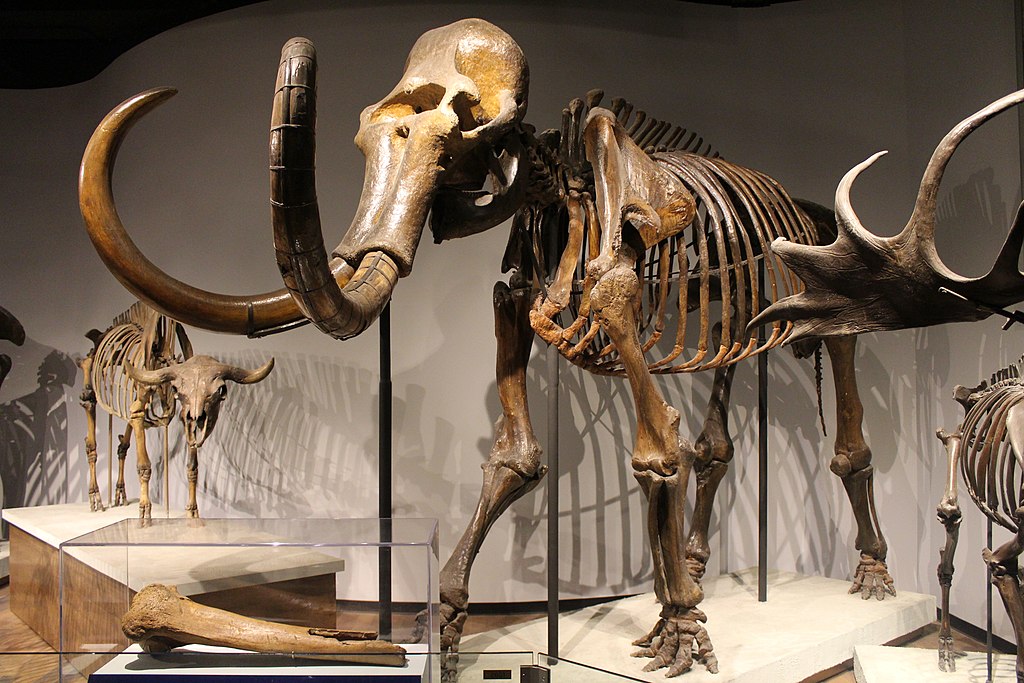
Jonathan Chen, CC BY-SA 4.0 creativecommons.org/licenses/by-sa/4.0, via Wikimedia Commons
The extinction of a species, the utter eradication of a unique group of living entities has been ever more prevalent as the magnitude and scope of human activities increases.
We have taken from the earth what we needed–more than what is needed– to fuel the progress of humanity. The cost? Millions of animals and plants have paid the price, some even nature’s ultimate consequence – extinction.
Some argue that extinction for some organisms is inevitable–this is survival of the fittest.At least from a strictly Darwinian perspective, this is what it looks like with the activities of humans essentially taking the role of the extinction factor. Animals that are or nearing extinction are simply those that do not have what it takes to survive in this new kind of world created by humans
But Darwin’s theory implies that there would be time– time for generations of organisms to reproduce and bring forth offspring. He could have never foreseen the devastation that human activity would cause to living things.
Human beings have done in a mere 200 years what a thousand years would not even be capable of. The background rate of extinction is about one species per million species per year and even that is a conservative assumption, yet estimates suggest a 1000 to 10,000 times higher currently.
This has led some to believe that we are nearing the sixth mass extinction. The activity of a singular species is causing so much damage to be remotely compared to cataclysmic events such as meteors and volcanic activity.
But what does this mean to an average person?
All these calamitous sounding events seem to be too much for us to truly grasp.
The polar regions of our world, especially the Antarctic, are perpetually covered with snow and ice all year round. This provides a very nice effect to the earth called the albedo effect which reflects large amount of sunlight back into space thereby reducing the amount of heat trapped in the earth.
But with human activities causing a warmer earth, the ice begins to melt reducing the amount of sunlight reflected back which in turn causes the earth to retain more heat. This is known as the ice-albedo feedback loop.
Mr. McNair, an ecology teacher, breaks this down for us.
As the ice melts it raises sea levels, which causes drastic changes in marine life especially coral which is home to about 25% of marine life and, as Mr. McNair puts it, “coral is the cradle of marine life.”
With potentially up to 50% of coral reefs being destroyed or severely damaged marine life is very much at risk
Since 3.3 billion people rely on fish as their primary source of protein, it is easy to see how much these people are very much affected by the disastrous changes we are making.
We depend so much on the very things our activities kill, so much more on our climate, so much more on ecosystemic balance and as it stands now we risk losing about 50% of all species by 2050.
That is reality. That is extinction.